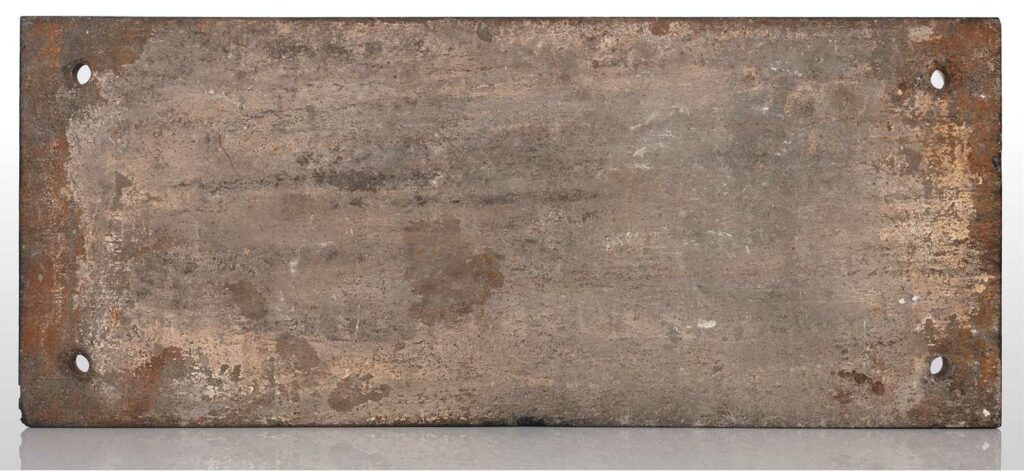The Banking and Commission House was founded in 1906 by Rudolf Haberfeld (1874-1921), an important figure in the life of the Jewish community of Oświęcim. He was a member of the town council, councillor of the Cracow Chamber of Commerce, and president of the Israelite Religious Community in Oświęcim. The signboard was made in Oświęcim by a Jewish stonemason, Salomon Leiser Wulkan (1873-1935). The Haberfeld family was known in Oświęcim primarily because Simon Haberfeld founded the first factory in the city (1804), which was located near the Soła River and produced alcoholic beverages. Simon came from the town of Tura Luka (present-day Slovakia) and settled in Oświęcim in the late eighteenth century to marry Jacheta Reider. Their son Jakób (1839-1904) transformed the plant into the famous Spirits Refinery and Vodka and Liquor Factory. Liquors at Haberfeld’s were produced on the basis of natural juices, and throughout its history, the factory produced several dozen kinds of vodkas, liqueurs, cognacs and rums. Moreover, it produced raspberry, cherry, blueberry and rowanberry juices, as well as lemonades and soda waters. The factory also bottled beer from the Jan Götz Brewery in Okocim. The Haberfelds’ company also represented and sold beers from the Archduke Brewery in Żywiec. The maximum capacity of the factory in 1935 could reach 50,000 liters, and the value of production reached 100,000 zlotys. In 1938 22 people were employed there. In the summer of 1939, the factory’s last co-owners, Alfons (1903-1970) and Felicja (1911-2010) Haberfeld, went to New York to present their products at the World’s Fair. The outbreak of war found them on their way back to Poland. Their ship was forcibly diverted to Scotland, where they finished their journey. Their only daughter, Franciszka Henryka (b. 1937), remained with her grandmother in war-torn Poland. Both died murdered in the German Nazi death camp at Belzec. During the war, the Haberfelds’ buildings were taken over by the occupying German authorities, and after the war, they were nationalized by the authorities of People’s Republic of Poland. In 1995, the tenement house and the factory were entered in the register of monuments. Despite this, progressive degradation forced the demolition of the buildings in 2003. For nearly 150 years, the Haberfeld family had a great impact on the history of the city and its development, not only economically, but also socially, politically, culturally and charitably. Its members held key positions both in the City Council, as councillors and vice-mayors, and in the Jewish Community, as its chairman. Today, descendants of the family live, among others, in Australia, Israel, and the USA.
| Inventory number: | MZ-12-O |
| Name: | Rudolf Haberfeld’s Banking and Commission House signboard |
| Source: | Auschwitz Jewish Center in Oświęcim |
| Dating: | no information |
| Dimensions: | basic: width 60 cm, height 25 cm, depth 3 cm |
| Material: | black marble |
| Execution technique: | carving |
Digitalisation: Regional Digitalisation Lab, MIK, Oshpitzin means Oświęcim project.


